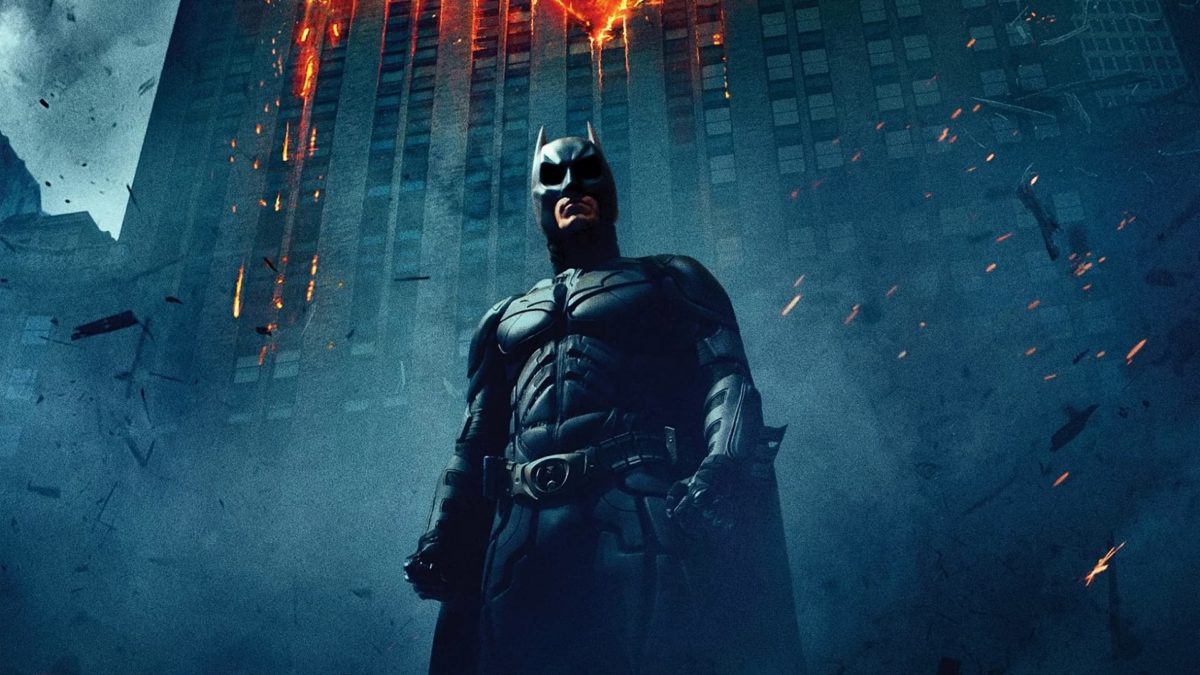The film and video game industries have a long-standing symbiotic relationship, with each continually borrowing from one another and incorporating aspects into their experiences to enhance & immerse their consumers. Some films have spectacularly gone beyond this, when they made an impact on cinema while producing some of the biggest games in the industry, along with flourishes that remain unmatched to this day. In this article, we will look back at three of the most recognizable films worldwide and analyze them, and the most successful and recognizable video game adaptations that followed.
Middle-earth Reimagined: The Lord of the Rings Goes Digital
Yet it is something that can maybe be called a “hallmark” of cinematic history. With its breathtaking visual effects and images, well-established characters, moving story, and 17 Academy Awards, this trilogy set a precedent, literally changing the cinematic world as a platform for popular culture worthy of so much intellectual contemplation and expression. It is still relevant and influential in the narrative of fantasy.
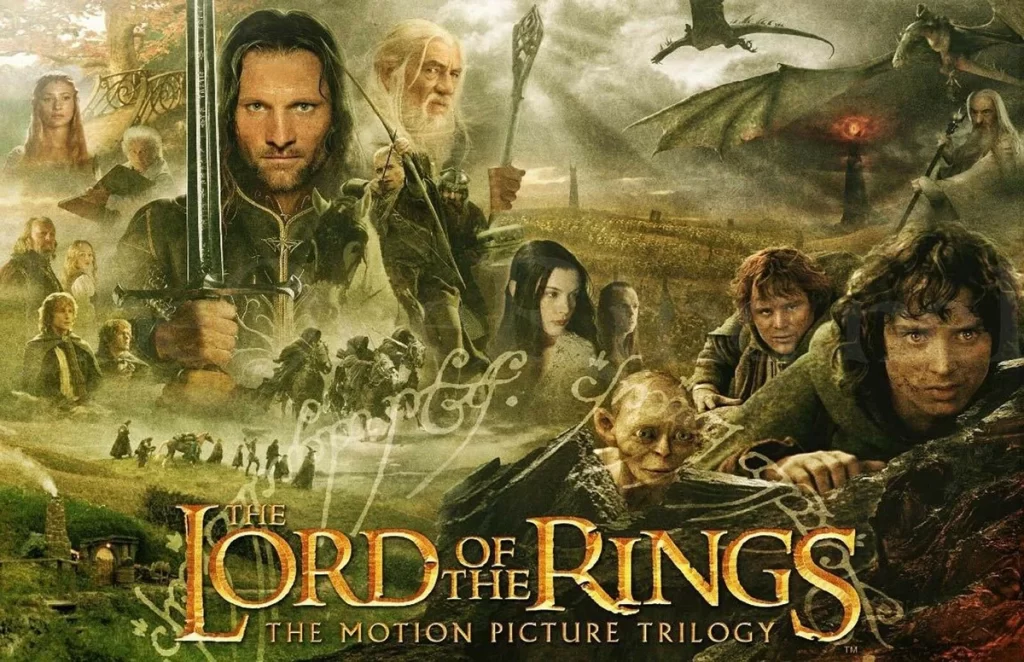
The Lord of the Rings‘ journey as a video game franchise began modestly, becoming an epic quest of its own. Titles such as The Two Towers (2002) and The Return of the King (2003) on PS2 and Xbox made a name for themselves for their real-time conflicts, original voice acting, and film scenes that made users feel like they were a part of the Fellowship. Co-op modes, upgradeable characters, and cinematic transitions became a new genre that elevated movie-to-franchise video games.
The real breakthrough, however, was with Middle-earth: Shadow of Mordor (2014). Monolith Productions launched the game, allowing players to follow Talion, a ranger resurrected from death to pursue revenge, in this open-world action-adventure video game. Whether the Nemesis System, which organized enemies into a hierarchy of orc enemies who remembered encounters, became increasingly powerful, and brought their scars and grudges based on prior conflicts, could be classified as an innovative element, meaningfully challenging many established conventions. Rather than assume the presence of scripted events, its boredom was enhanced by a personalization that meant no two journeys were the same. It compounded a personal psychological aspect to be discovered and bestowed upon other enemies.
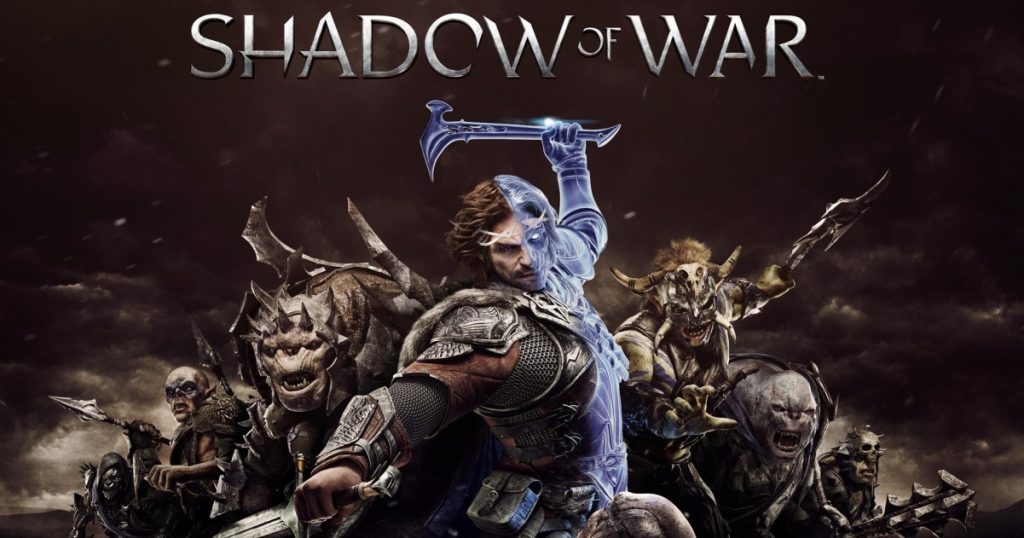
Shadow of War (2017), the follow-up title, built upon the series of gameplay mechanics, introduced fortress assaults, army recruitment campaigns, and enhanced the overall epic journey of the narrative behind the story. The series emerged victorious and was hailed for the contributions to gameplay and storytelling that were underwritten through artificial intelligence, re-framing expectations about what types of adaptations could be produced through a cinematic seed for a video game.
Spellbound Screens: Harry Potter’s Magical Leap into Gaming
The Harry Potter series by J.K. Rowling was an extraordinary phase in which millions of fans were created. Eight films were made between 2001 and 2011, telling the story of the magical coming of age of a little wizard fixed on meeting his adversary in an ultimate showdown, Voldemort. The rich imagination of the wizarding world, from the pristine halls of Hogwarts and Knockturn alleys at the verge of seedy, offered interactivity possibilities.
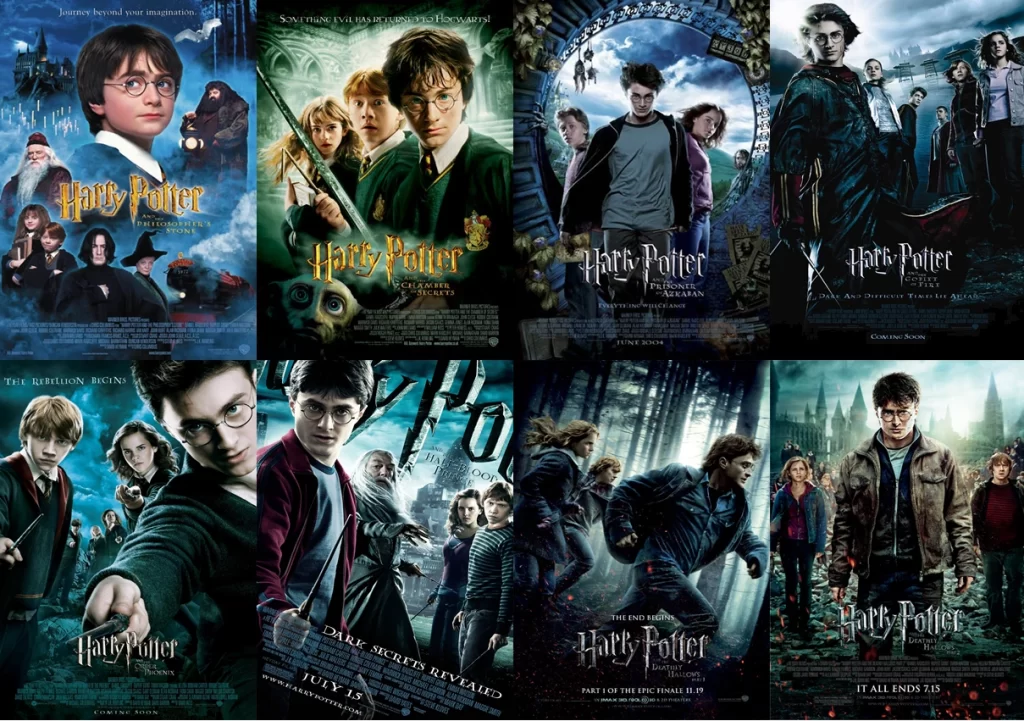
Early film-based video games dove deep into the storyline, using titles such as Harry Potter and the Philosopher’s Stone and Chamber of Secrets on PlayStation and PC to offer entertaining puzzles, spells, and exploration experiences. These games took gamers to Diagon Alley, Hogsmeade, and even the Forbidden Forest, using likenesses of the original cast along with soundtracks that pushed forth an ambiance present at their cinematic launch.
The magical video game experience progressed with the release of Hogwarts Legacy (2023), an action RPG set in the 1800s, long before Harry. Developed by Portkey Games, it was an open-world action RPG where players took on the role of a fully customizable fifth-year student at Hogwarts. Players could attend classes, manage magical creatures, duel dark wizards, and unravel ancient mysteries like never before. Players had a huge choice of where to differentiate themselves into evil or good. They could choose their house, make friends, and shape their morality in the branching narrative.
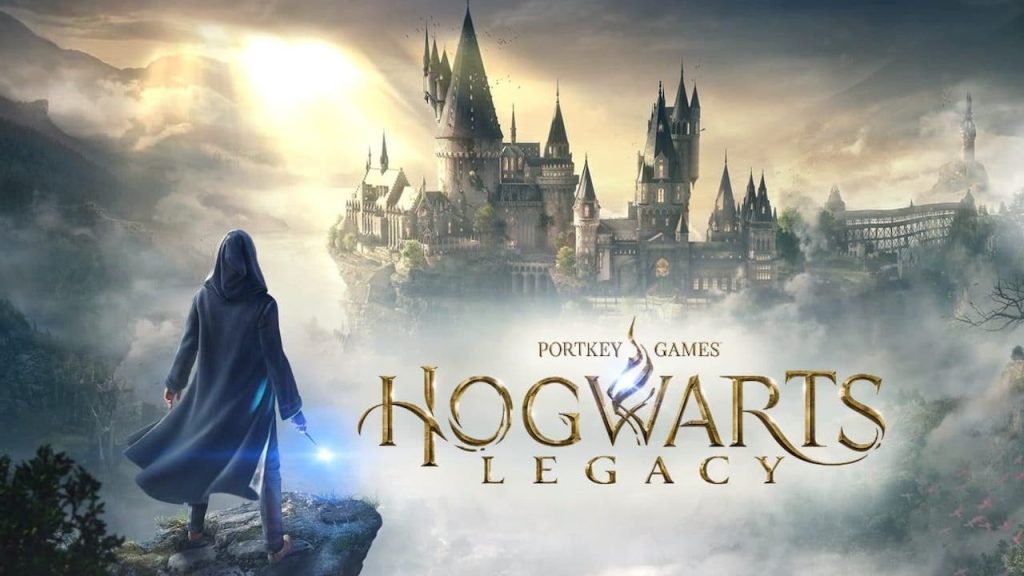
From a technological standpoint, the environments and spells in Hogwarts Legacy were quite impressive, along with the time-lapse elements of day and night. The developers did an excellent job of immersing the player in an aspect of the Wizarding World, and the environments and animations breathed life into every location. The continuously moving staircases leave changing colors from season to season on the grounds; it was all inspired by the idea of fans getting a sense of immersion. Hogwarts Legacy was wildly successful because it rejuvenated the gaming franchise, but it also created a milestone for how we can interact with beloved fictional worlds.
Galaxies Beyond the Screen: Star Wars and Its Gaming Legacy
No list of influential franchises would be complete without Star Wars. Since George Lucas’s original trilogy debuted in 1977, Star Wars has reshaped science fiction in the film industry, from lightsaber battles to galactic politics. Star Wars established a large universe with fun and timeless characters and moral ambiguity that lasts through generations.
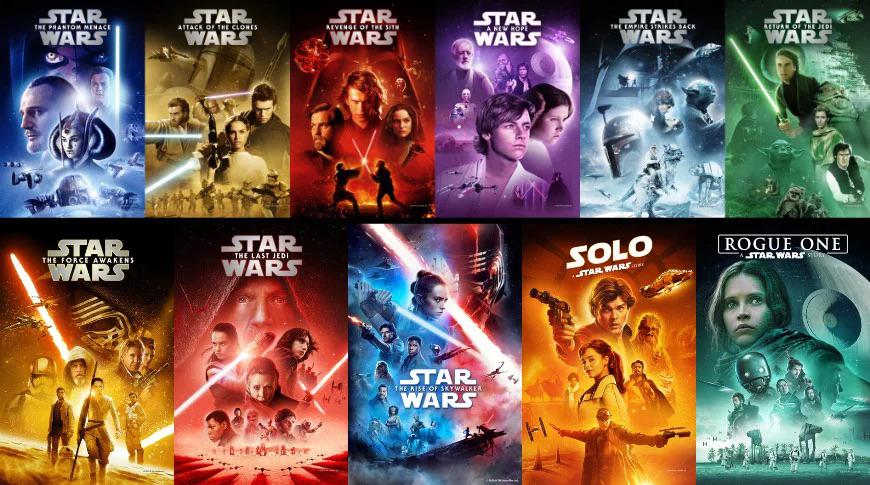
Initially, the Star Wars franchise transitioned to gaming while sliding into arcades; however, only when PC and console platforms were created could Star Wars truly flourish. Star Wars: Dark Forces, published in the 1990s, established FPS mechanics in a gaming version of Star Wars. Then, X-Wing and TIE Fighter games brought star-fighter simulation of a different kind to prominence. The game, based on Star Wars that earned real-student level acclaim for its storytelling and original characters (Darth Revan) and moral choice system was Knights of the Old Republic (2003), an adventure game created by BioWare set thousands of years before the films.
More recently, Respawn Entertainment’s Star Wars Jedi: Fallen Order (2019), and Jedi: Survivor (2023) debuted the single-player audiences with cinematic combat and emotional storytelling in thought-provoking and consequential ways, evoking exactly the intentions of Star Wars in motion picture form. As Cal Kestis, a young Jedi survivor of Order 66, players traveled through ancestral locations, solved puzzles, and fought enemies using fluid lightsaber battling mechanics and innovative force powers. Along the way, these two games delivered character development and plot immersion, mixing operational exploration with polished combat in a purposefully Metroidvania experience.
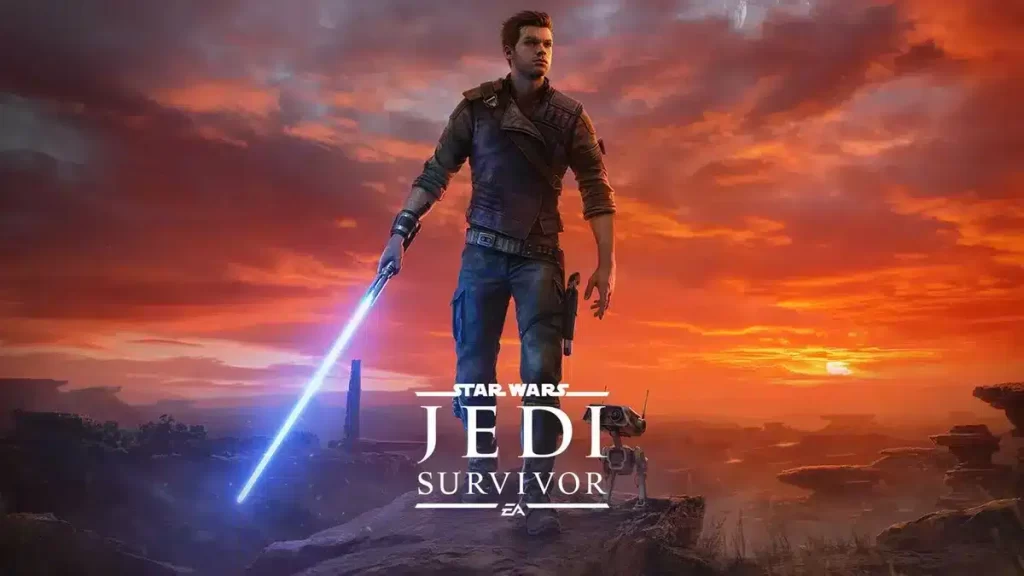
On the multiplayer side, Star Wars: Battlefront II gave us all-out warfare on several planets: Hoth, Endor, and Naboo. It may have had a rocky start, but eventually, it became a much-loved experience with many modes, character classes, and enough fan service to please all fan bases.
Gaming has morphed into a platform where fandom and play collide. Platforms such as gg bet continually enhance the experience with curated content, competitive scenes, and a natural extension of the gaming universes we love.
Epilogue: Where Worlds Collide
Turning big-name movie franchises into monumental video games illustrates how story and interaction can work together to create something more powerful than either could achieve on their own. The endless lore of The Lord of the Rings, the magical worlds of Harry Potter, the epic battles of Star Wars, and others have not just added to the respective franchises but have sparked a love for those stories and brought players closer to their beloved universes. Given the advances in technology and creativity, it is safe to say that the future of the cinematic gaming experience looks promising.




